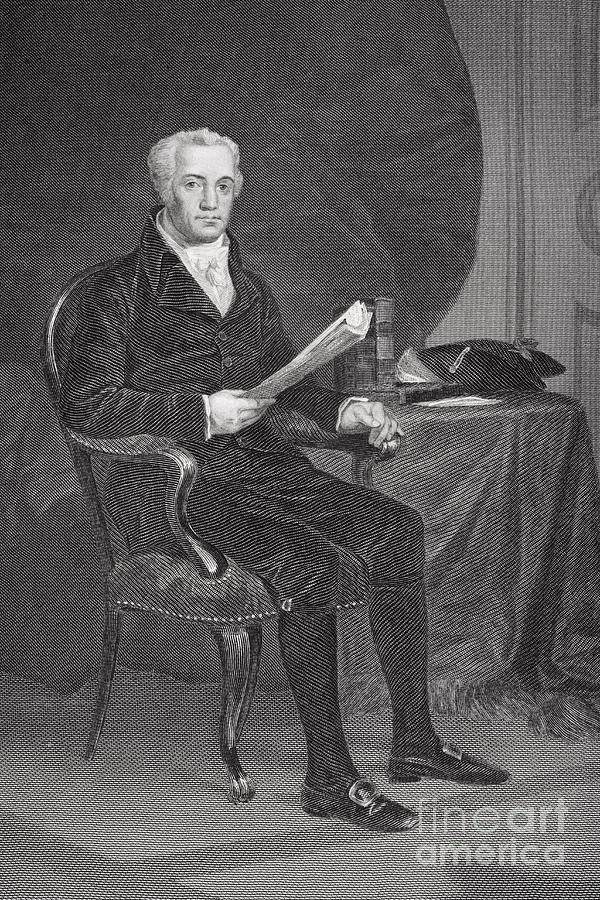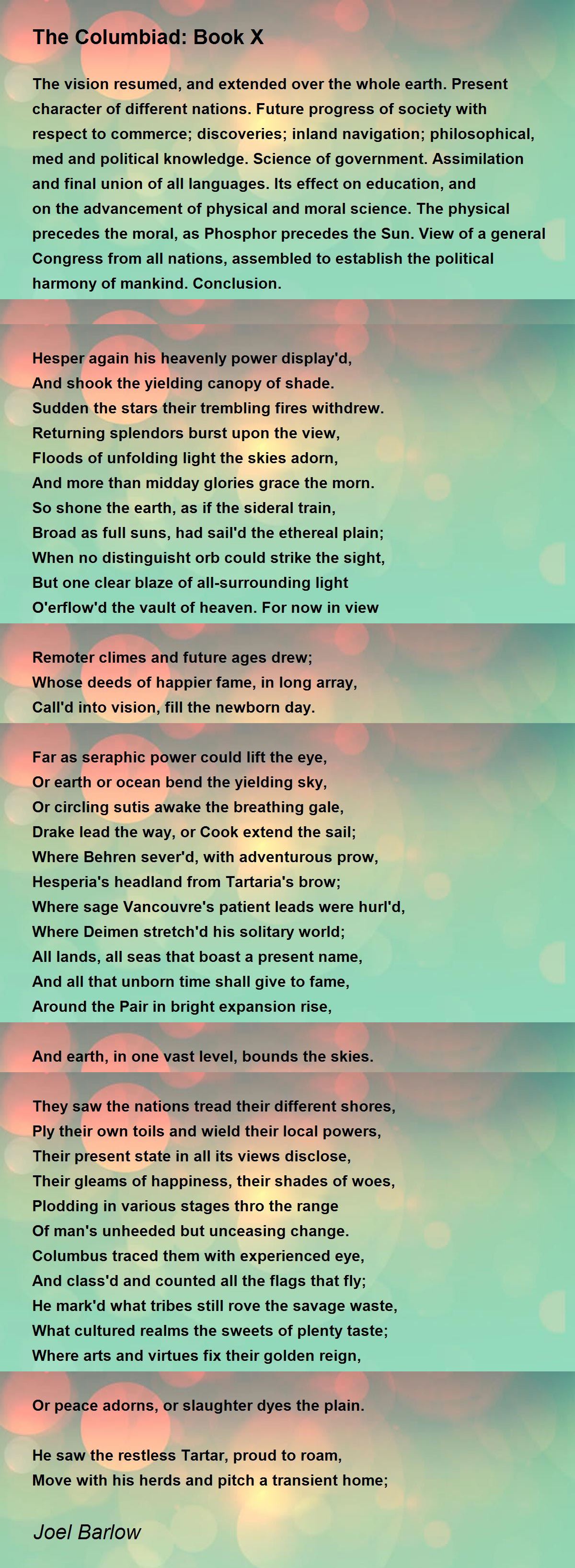

The mills were rebuilt, then flooded in 18, and rebuilt again. 15, 1815, the first cotton mill burned to the ground. The Union Company built a dam with a nearly two-mile-long mill race that could power a whole series of milling production.A five-story brick factory started operating in May of 1810, with many workers who were children and poverty-stricken. They began building cotton mills and housing for workers, and named their new company town Oella “in commemoration of the first woman who applied herself to the spinning of cotton on the Continent of America.” In 1808, the Union Manufacturing Company purchased 458 acres from the Ellicott family just north of lower Ellicott Mills.

The work grew even more renowned when Barlow expanded the poem and published it in 1807. The poem was popular when it was published as “The Vision of Columbus” in 1787 George Washington, Benjamin Franklin, and King Louis XVI subscribed to its publication. In his preface, Barlow wrote that the poem “is to inculcate the love of rational liberty.” Capac and Oella founded the Incan city Cuzco, which became the capital of Peru.īarlow first wrote his poem, a didactic nine volumes imagining the future of the Americas, as the vision of an imprisoned Columbus visited by an angel. This section of Joel Barlow’s epic-length poem, “The Columbiad,” describes the goddess-queen as busily spinning and weaving cotton waiting for her husband, the Incan king Capac, to return from war. Most people around Ellicott City know Oella as the charming historic district with corkscrew roads winding around granite mill workers’ homes.īut first, Oella was the name of an Incan goddess-queen, renowned as the first woman to spin cotton in the Americas.


 0 kommentar(er)
0 kommentar(er)
